
Harvard CCB alum from the Woo Lab

www.hhs.gov/press-room/h...
www.hhs.gov/press-room/h...
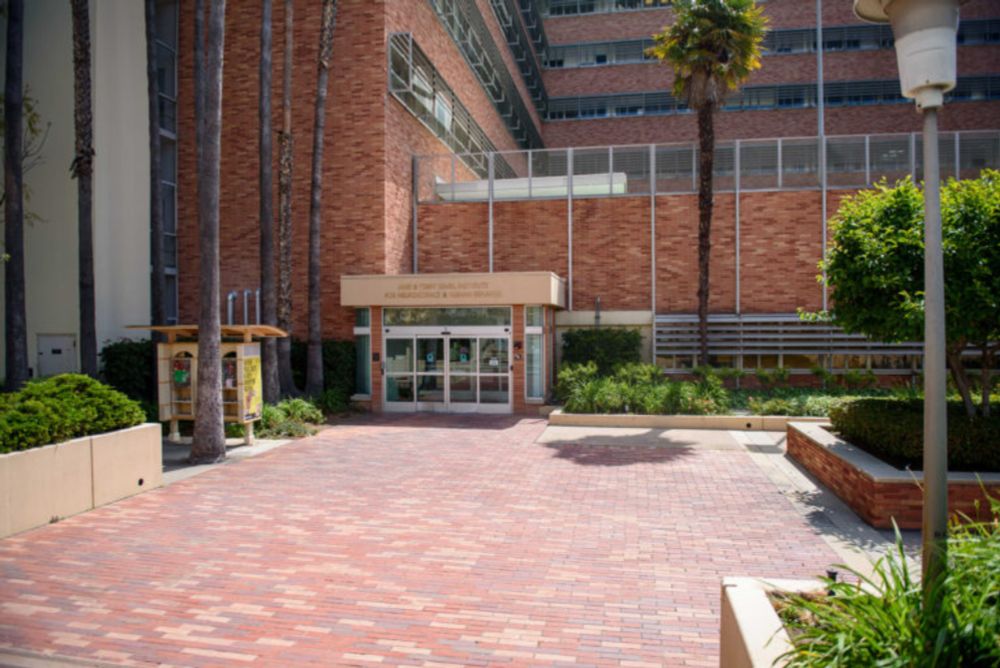


www.nytimes.com/interactive/...

www.nytimes.com/interactive/...

To help all scientists w/o graphic skills create clear, accessible, and truthful charts!
-> Out in @nature Cell Biology: rdcu.be/erwl4
#DataVisualization #PhD #SciComm
Thx for review @bethcimini.bsky.social + 2
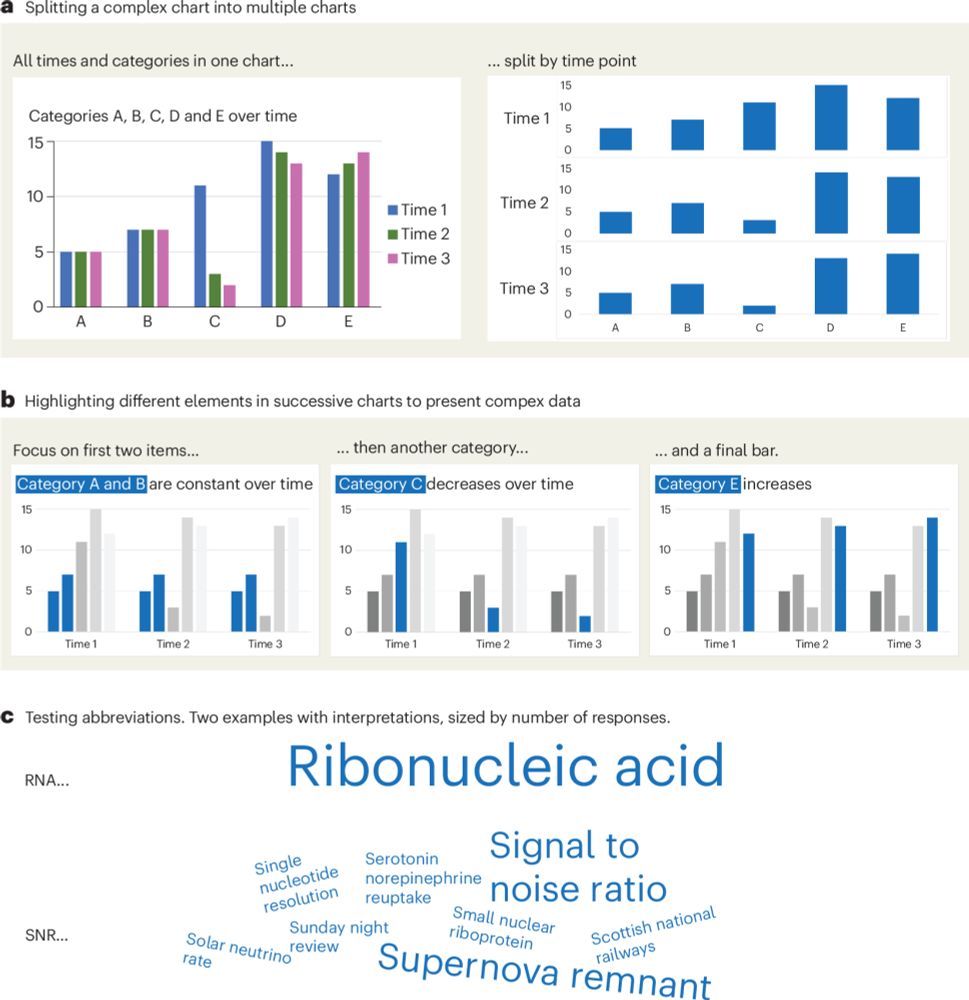
To help all scientists w/o graphic skills create clear, accessible, and truthful charts!
-> Out in @nature Cell Biology: rdcu.be/erwl4
#DataVisualization #PhD #SciComm
Thx for review @bethcimini.bsky.social + 2
Nothing like it has ever been seen before, and it means that we will have voluntarily stepped aside from a leading role in the scientific progress of the entire human race.

Nothing like it has ever been seen before, and it means that we will have voluntarily stepped aside from a leading role in the scientific progress of the entire human race.
www.nytimes.com/interactive/...
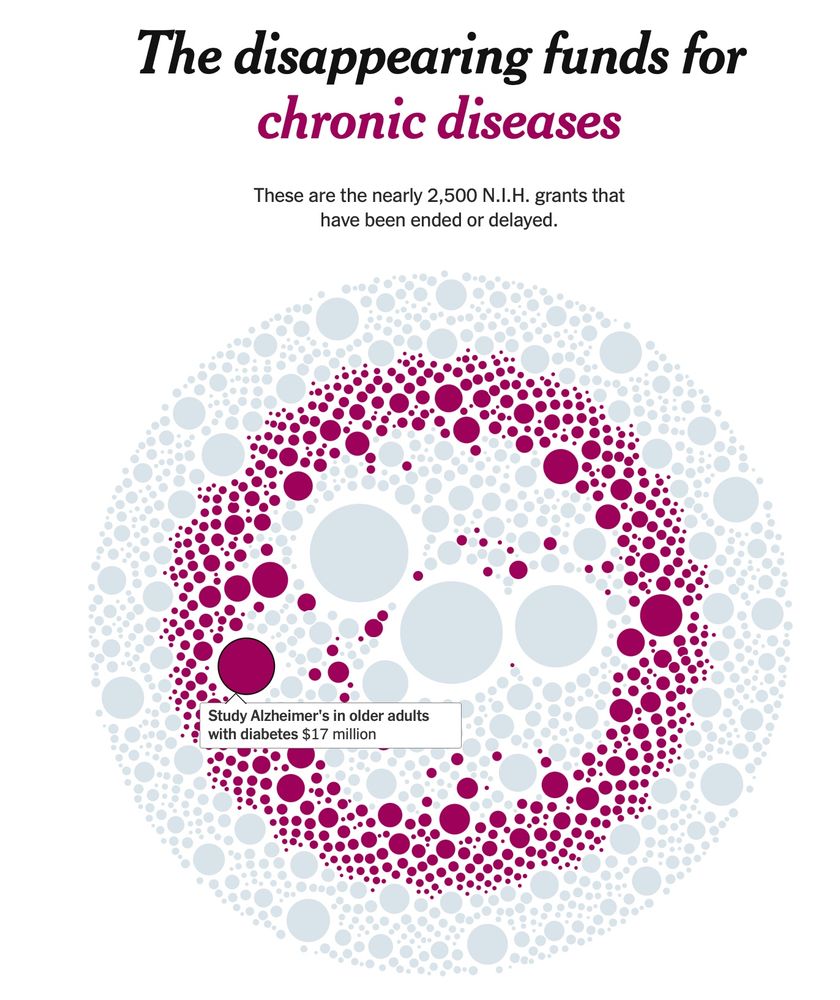
www.nytimes.com/interactive/...
www.biorxiv.org/content/10.1...

www.biorxiv.org/content/10.1...

www.biorxiv.org/content/10.1...

"In this study, we describe a personalized base-editing therapy wholly developed in the 6-month span after a patient’s birth."
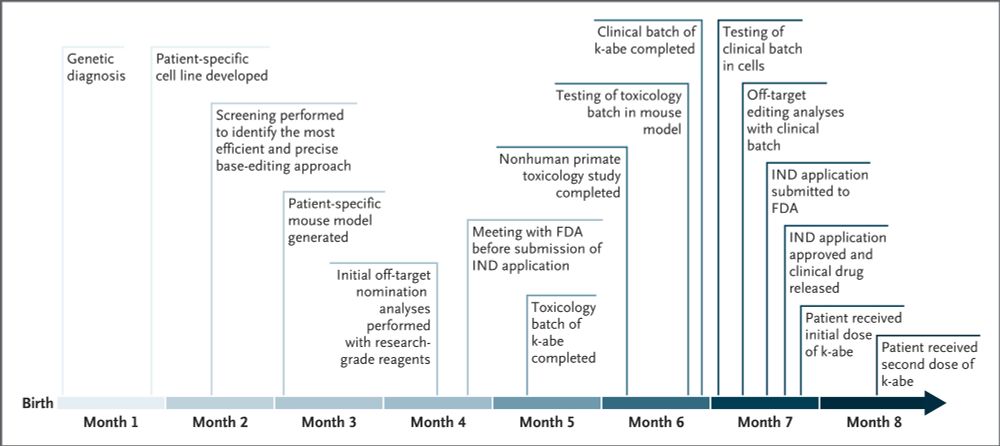
"In this study, we describe a personalized base-editing therapy wholly developed in the 6-month span after a patient’s birth."
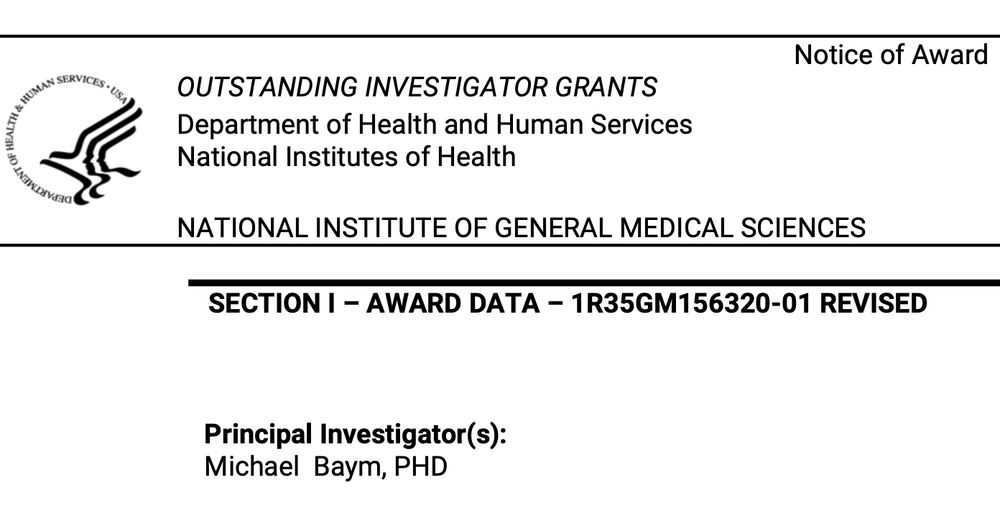
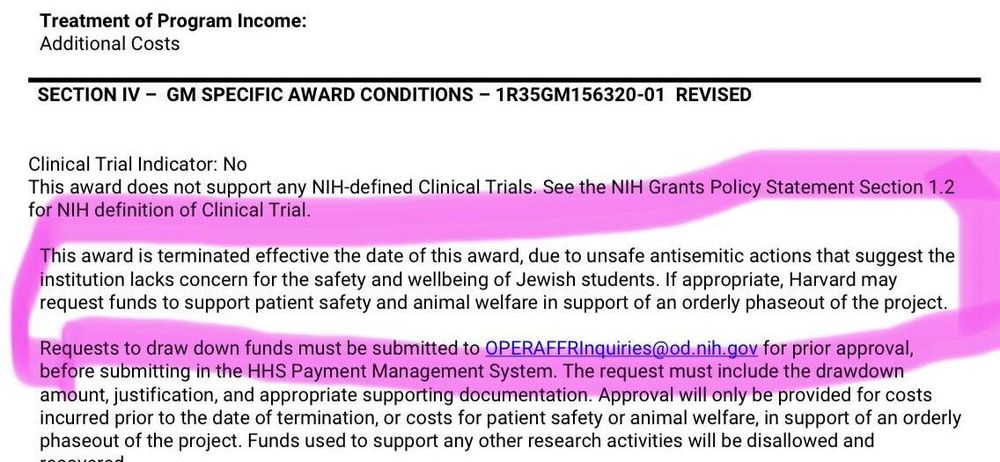

www.biorxiv.org/content/10.1...

www.biorxiv.org/content/10.1...
We've developed SC-pSILAC to simultaneously measure protein turnover and abundance in single cells, unlocking the first large-scale, 2D proteomic insights at single-cell resolution!
www.cell.com/cell/fulltex...
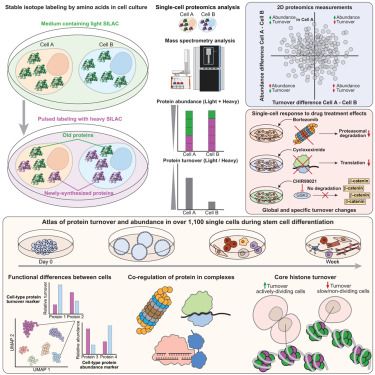
We've developed SC-pSILAC to simultaneously measure protein turnover and abundance in single cells, unlocking the first large-scale, 2D proteomic insights at single-cell resolution!
www.cell.com/cell/fulltex...
pubs.rsc.org/en/content/a...
pubs.rsc.org/en/content/a...

2 months late is better than never!

2 months late is better than never!

